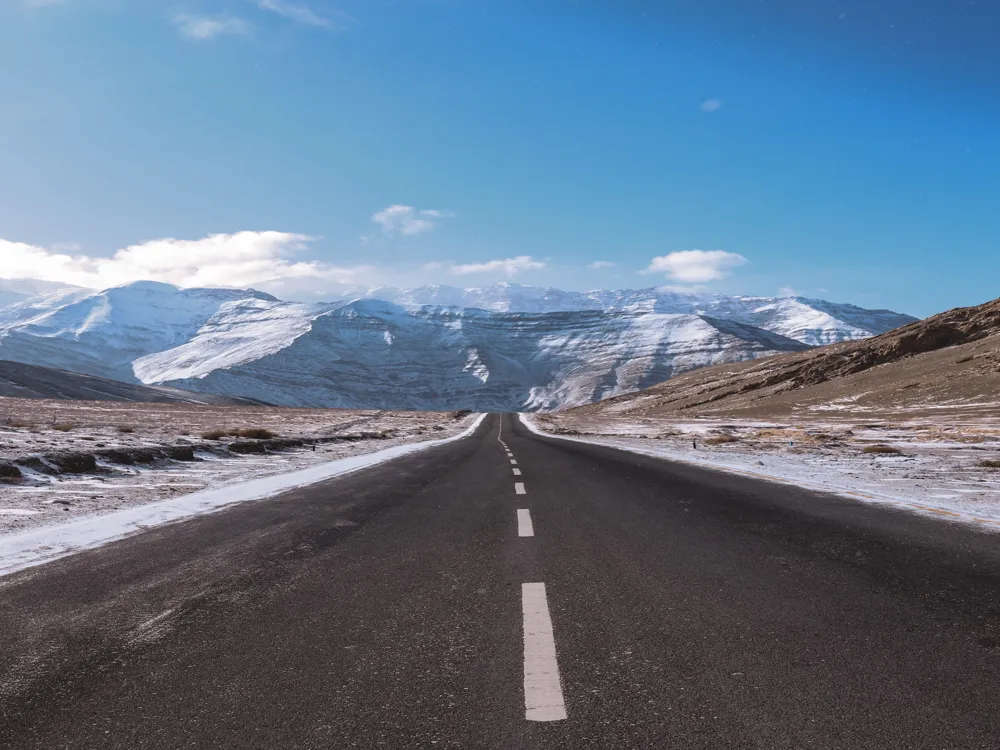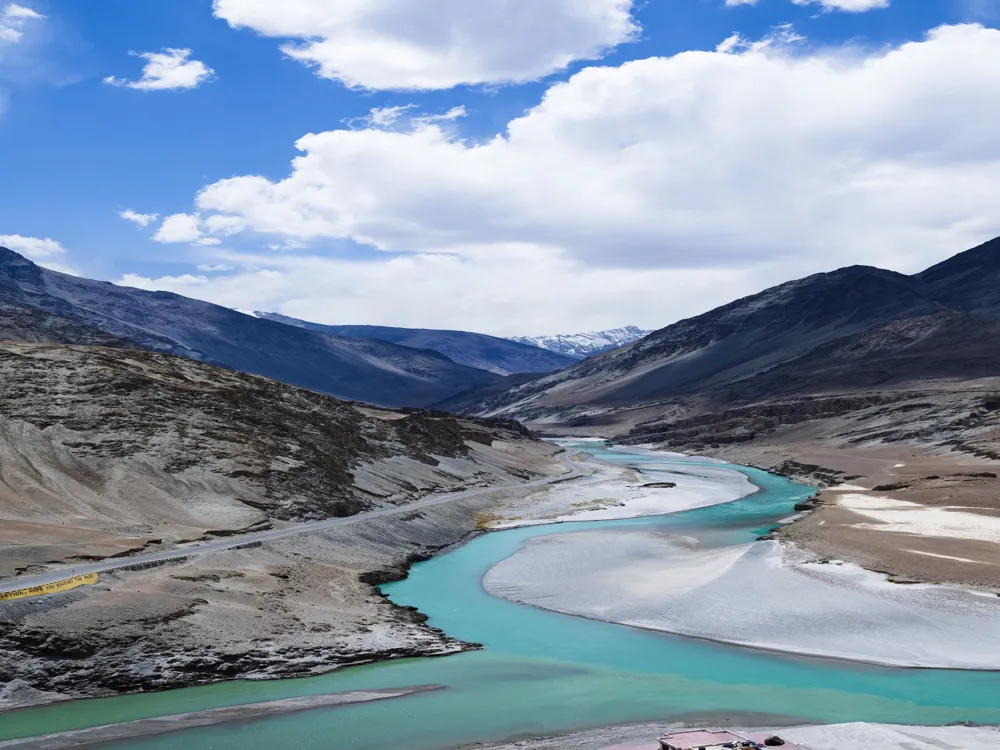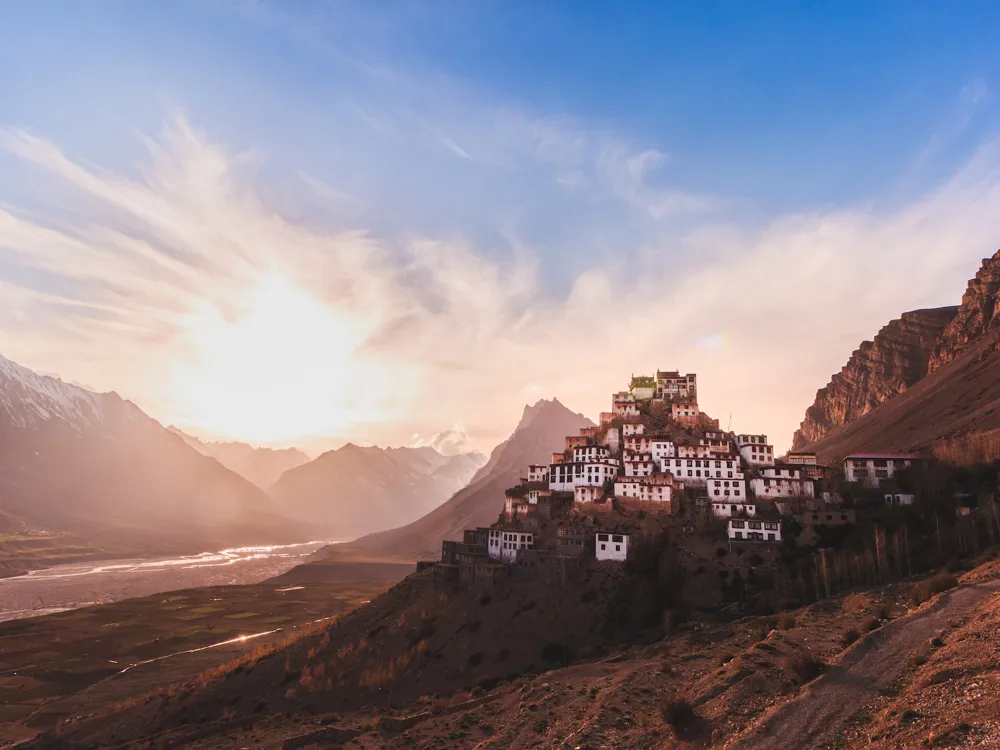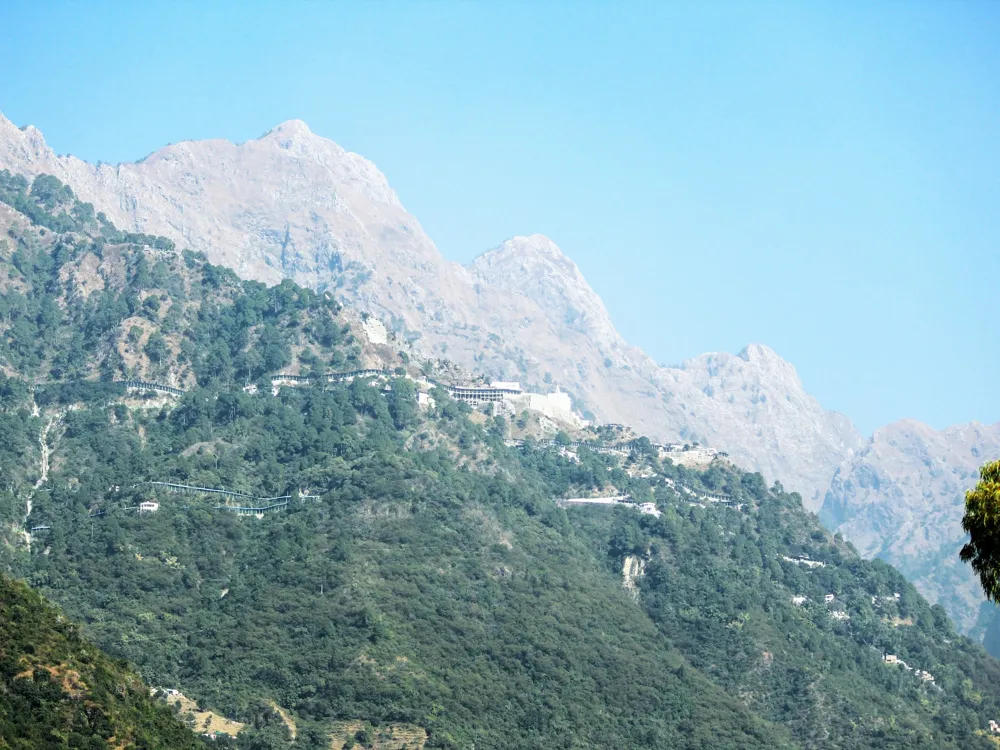Plan Your Travel To Ladakh
Places To Visit In Ladakh
Experience the Local Culture
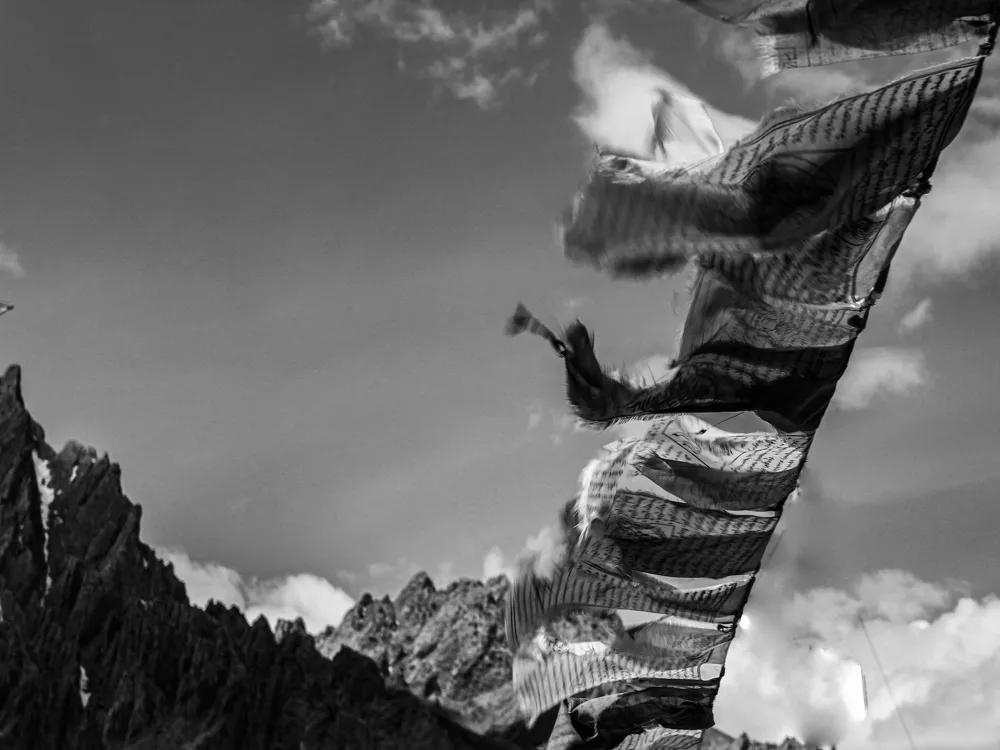
Ladakh is a very friendly place and you’ll find many people willing to share their own experiences and stories of Ladakh with you. The monks and children are particularly helpful and will go out of their way to get you accustomed to the culture of Leh and make you feel at home.
Hall of Fame Leh
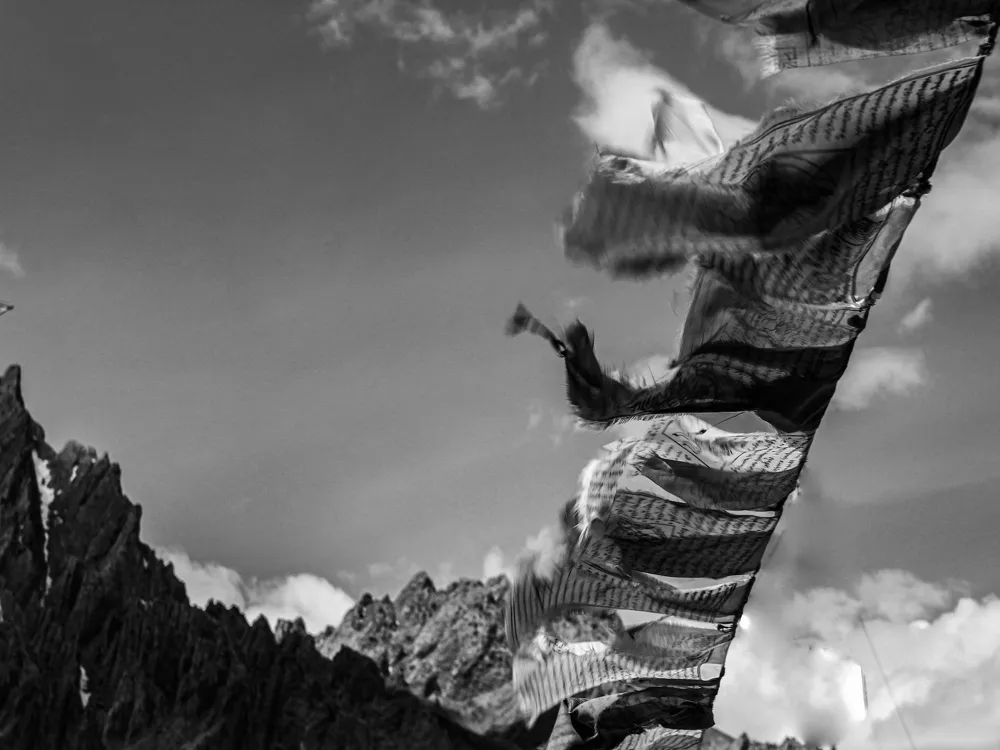
Located at approximately 4 km from Leh on the Leh-Kargil Road, the Hall of Fame is a museum was built in memory of the brave soldiers who lost their lives fighting for India at the Indo-Pakistan war.
Maintained by the Indian Army, the Hall of Fame showcases seized arms and amenities of Pakistani Army, pictures and biographies of brave soldiers. A section of the museum also displays Siachen area, exhibiting apparel and amenities used by the Indian Army in the region. Apart from this, one can also witness items related to Ladakhi culture, history, vegetation and wildlife found across the globe.
Read More
Places To Visit In Leh Ladakh
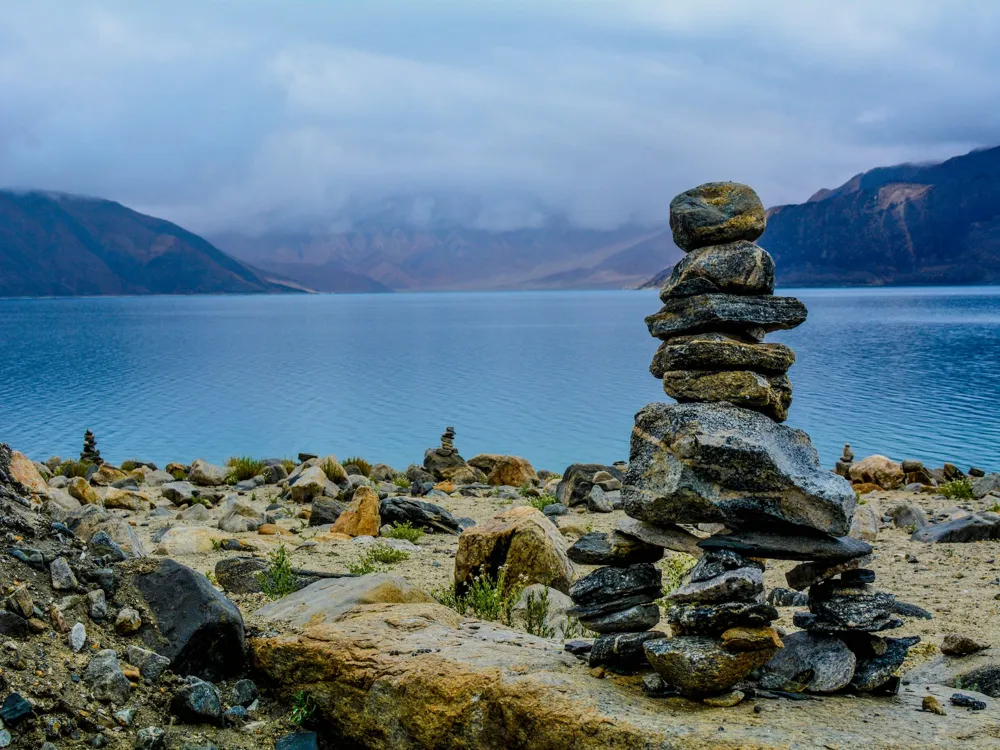
NaN
Hemis Festival
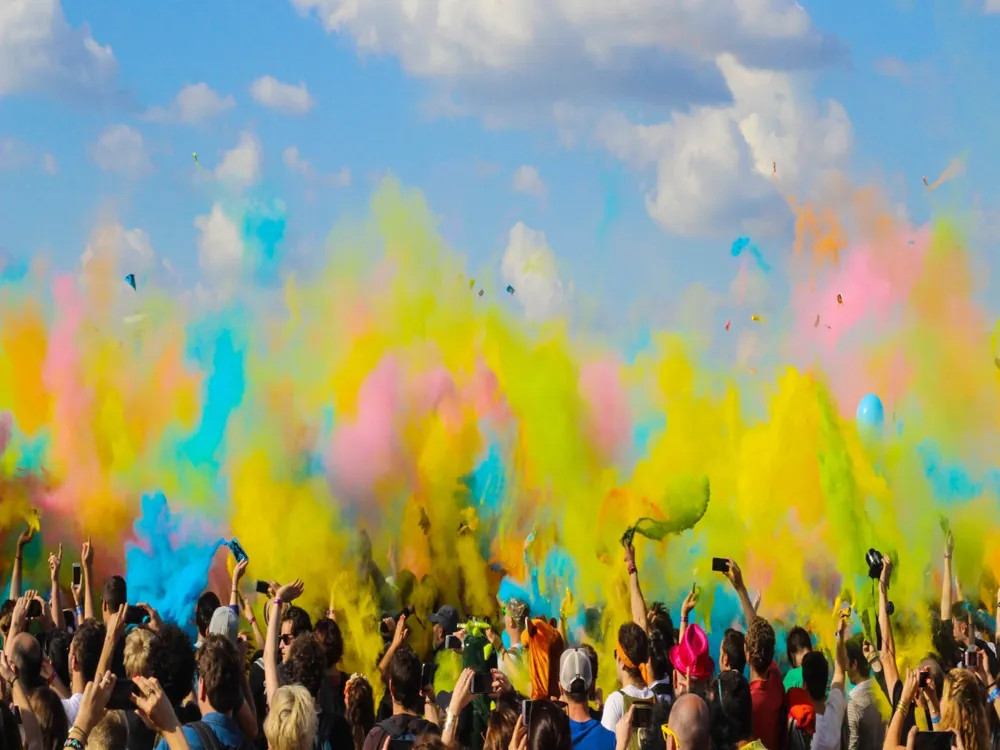
The Hemis Festival, a two-day festival hosted at the Hemis Gompa Monastery celebrates the birth of Padmasambhava, the founder of Tibetan Buddhism. Celebrated on the 10th day of the Tibetan Lunar month, the main highlight of Hemis festival is the gathering of the lamas around the central flagpole of monastery, where they perform the mystic mask dances (Chams) and sacred plays.
When is the Hemis Festival Celebrated? - Dates & Celebration
The date of Hemis Festival falls in June of the Gregorian calendar when the two-day festival commences. The next Hemis Tsechu is expected to be commemorated on 28th June 2023 to 29th June 2023.The known set of words to define his birth date is the 'tenth day of the month of Monkey'. However, the festivity is observed at different times in different communities of the followers of Tantric Buddhism, because the Monkey month is considered different regarding the order of months in different communities. Some believe the Monkey month as the fifth month of the year in the Buddhist lunar calendar, whereas others consider it to be third or fourth or sixth. The date of Hemis Festival is decided by the Lama heads. The Hemis Monastery - which is dominated by the Drukpa lineage or Dragon lineage of Tibetan Buddhism considers the fifth month of the Buddhist lunar year as the Monkey month, and festivity is organised on its tenth day.
Where is the Hemis Festival Celebrated? - The venue of the Festivity
Mural Painting at the Hemis Gompasource
Hemis festival is observed in the Hemis Gompa or Hemis Monastery, which is situated in Hemis village of Ladakh region in Jammu & Kashmir. While the common festive atmosphere is spread all over Ladakh, the elaborate rituals, including traditional music and masked dances take place in the courtyard of the Hemis Gompa. Although the birth anniversary of Padmasambhava is celebrated among other communities following the same Tantric Buddhism such as in Bhutan, the Hemis festival, in its entirety, is particular to Ladakh.
How is the Hemis Festival Celebrated? - Celebrations & Rituals
Lamas in the middle of a Performative dancesource
The Hemis festival protrudes the significant cultural, historical, and regional traditions that have been incorporated into the followers of Tantric Buddhist community of Ladakh. The Hemis monastery is the centre of the two-day festivity that is celebrated with much enthusiasm. An enchanting set of rituals and art-forms are projected, which captivates the viewers among the tranquillity of the Himalayas. The practice of traditional rituals on occasion to revere Lord Padmasambhava is believed to enhance the health of the observers, both physical and spiritual. A visitor can witness the many facets of what has formed the festivity in its present form. The celebrations occur in the central courtyard of the Hemis monastery.Blessings of PadmasambhavaIt is believed that Padmasambhava's mission was to enhance the spiritual self of all human beings on earth. In that capacity, it is claimed that observance of the rituals on his birth anniversary improves the spiritual as well as the physical condition of the observers. Thus, the ceremony begins in the morning with putting up of Lord Padmasambhava's portrait on the top of the monastery for all to see and seek his blessings.The Elaborate RitualsThe courtyard in front of the main gate of the monastery where the celebration takes place has two raised platforms. There is a pole in the centre and a dais upon which Lamas take a seat on cushions. A table is spread before them, and ritual items such as a cup of holy water, forms crafter with dough and butter (which are central to all traditional tantric rituals), rice, and incense sticks are placed upon it. This is a ritual particular to the Lamas and others are only supposed to see.MusicThe portrait of Lord Padmasambhava or 'Rygyalsras Rinpoche' is put forth for display, accompanied by the beating of drums and clashing of cymbals. During the celebrations, music remains an essential part. Traditional music is played throughout with drums, cymbals and wind instruments. The captivating music of the ceremony gives it an identity of its own, making an impact on the viewer, never to be forgotten.'Chams' or Dance of the Lamas
Lamas Performing Chamssource
Chams is the main attraction of the Hemis festival. It is a ritual which sets the festival apart from most other, soliciting it as a tradition of the Himalaya. The Lamas clad themselves in baggy attires of red, blue, and mustard yellow shades, with masks, ribbons and horns. The masks, as brocades, have variety in appearance, some flat and simple and others grotesque. The masked Lamas take part in a dance that depicts folklores and tales. People gather in great numbers at the monastery to witness this wonderful event, as the music begins with a soft note and then becomes fast and intense, making Lamas perform in accordance, while telling of stories accompany from the background.The Message of Hemis FestivalThe performative dance of the Lamas concludes with a message for the audience. The end witnesses the leader of the High Hat group of dancers put an end to an effigy of evil, made of dough. The whole performance is the portrayal of a combat between the good and the evil, which culminates with the message of victory of the good over the evil.
History of Hemis Festival - Legends & Traditions
The Hemis MonasterySource
The culturally-rich Indian state of Jammu & Kashmir has much to offer for seekers of Islamic, Hindu, and Buddhist traditions alike. As is the case with most great religions of the world, Buddhism too has incorporated different cultures and practices in different regions. The Himalayan Buddhism or Tibetan Buddhism - which refers to Buddhist schools of the Himalayan regions of Tibet, Bhutan, Nepal and Jammu & Kashmir - has got a distinctive feature of its own in the Ladakh region. The life and times of monk Padmasambhava - also known as Guru Rinpoche - is traced back to 9th or 10th century AD from the writings called Testament of Ba, which records the establishment of the first Buddhist monastery in Tibet. The history of the celebration of Hemis festival in Ladakh dates back to around three hundred years back from now when the Hemis Monastery was established at the site. Most of the followers of Tibetan Buddhism are believers of the Vajrayana tradition or the Tantric tradition, which has Padmasambhava as a central figure about its spread in the subcontinent. He is honoured as a reincarnation of the Buddha owing to his date of birth - which is the tenth day of the Monkey month of the Monkey year - which is same as was foretold by the Gautama Buddha about his successor. He is believed to have been born on his own, making his appearance to the world upon a lotus, thus getting the name of Padmasambhava, which Padmasambhava'smeans Lotus-born. The birth of Padmasambhava is celebrated by all communities of Vajrayana Buddhism, as is evident from the celebration of Trelda Tsechu festival in Bhutan on the occasion of Guru Rinpoche's birth. The Hemis Festival of Ladakh is celebrated to mark the birth anniversary of the most important figure of Tibetan Buddhism, Padmasambhava aka Guru Rinpoche.
About Hemis Monastery
The Hemis Monastery - known as Hemis Gompa - in Hemis area of Ladakh is considered as a central seat of the Kagyu lineage of the Buddhist faith. One of the central figures of Tibetan Buddhism is monk Padmasambhava who is revered as 'Second Buddha' or an incarnation of the Buddha, who also helped in the construction of the first Buddhist temple in Tibet. The Hemis Gompa is Hemis village of Ladakh celebrates the two-day festival of Hemis or 'Hemis Tsechu' to commemorate the birth anniversary of monk Padmasambhava.
How to Reach Hemis in Ladakh - Distance & Routes
Masked Performance of Lamas on Hemis Festivalsource
The nearest railway station to reach Hemis is the Jammu Tawi Railway Station, which is situated at a distance of around 710 kilometres from Hemis. The other option is to visit Manali through Shimla and take a bus or a taxi to Leh. From Leh, a bus or a taxi further can be taken to reach Hemis.However, the nearest airport from Hemis is the Leh Kushok Bakula Rimpochee Airport, which at an approximate distance of 40 kilometres from Hemis.
Video of Hemis Festival - A Glimpse of the Festival
Read More
Hundur Monastery
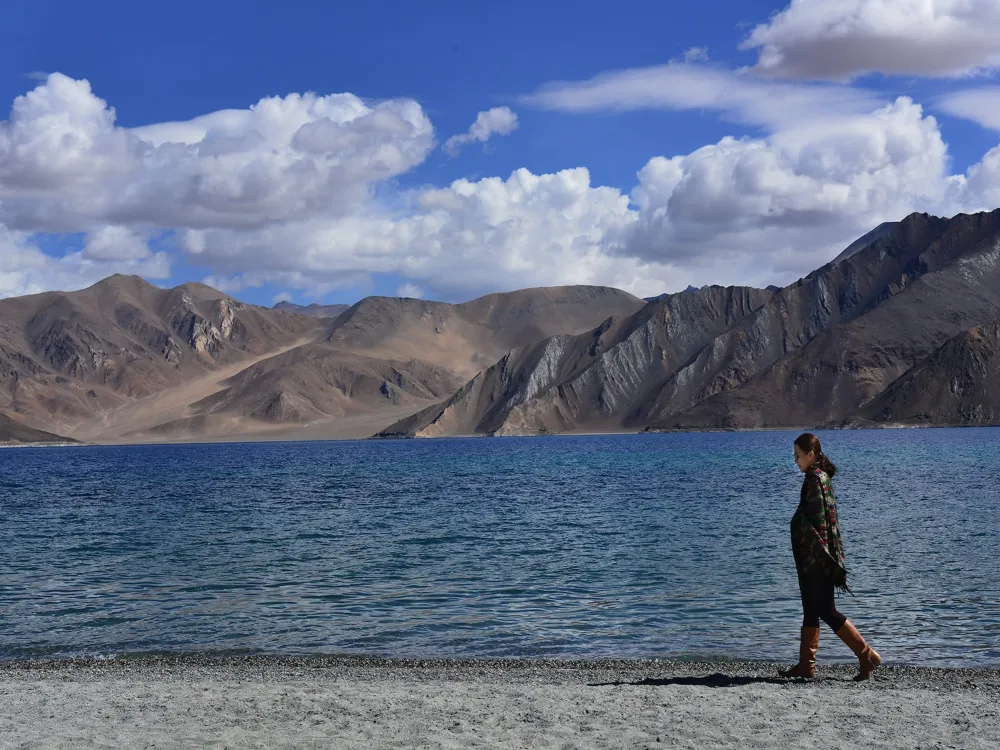
Hundur Monastery is a hilltop temple located in the Nubra Valley, quite close to the Diskit monastery and Lachung temple.
This ancient Buddhist religious site is also known as the Hundur Gompa, which is basically a small Buddhist fortification, enclosing years of Buddhist learnings and lineage. However, this part in Hundur marks the extent to which tourists are allowed into the village.
Khardung La
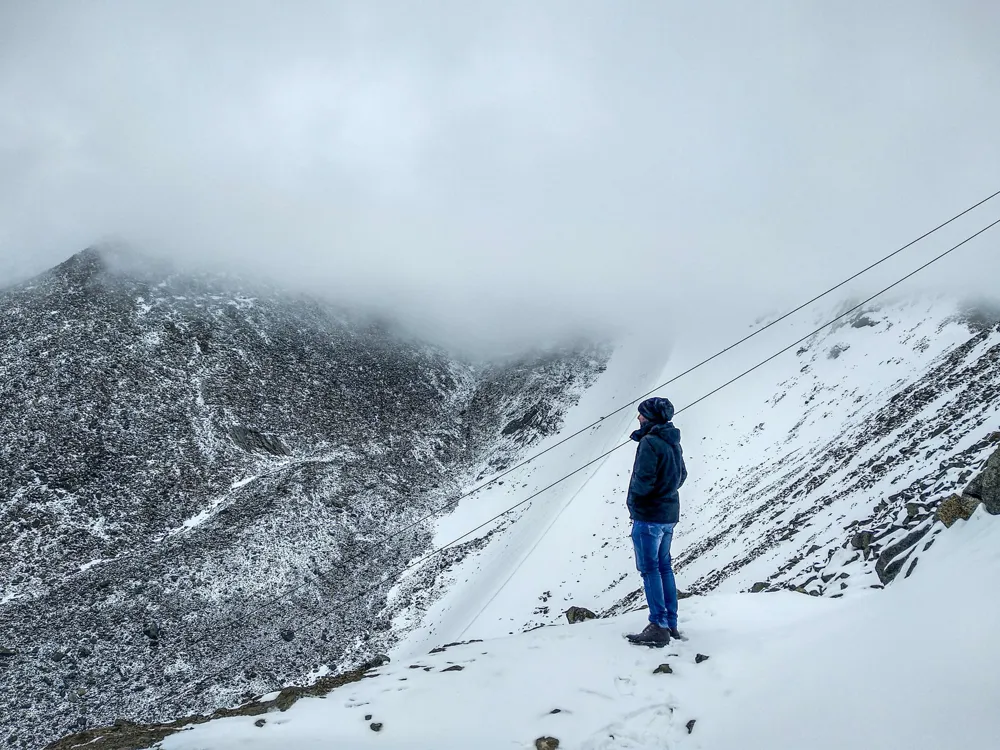
Khardung La, also known as Khardzong La, is a high mountain pass in Ladakh region of Jammu and Kashmir, near Leh. It serves as the gateway to Shyok and Nubra Valley. Khardung La is popular as the highest motorable road in India at an elevation of 5602 metres. However, contrary to the belief, its actual elevation is 5359 metres making Dungri La the highest motorable road pass in India.
Khardung La pass is a perfect getaway for adventure enthusiasts, peace seekers and mountain biking aficionados. An Inner Line Permit is required by the tourists to enter the pass and travel through it. Due to heavy rains and snowfall, the Khardung La pass remains closed from October to May.Khardung La was built in 1976 and was opened for public in 1988. The pass is very important for India as it is used to carry supplies to Siachen glacier. From the top, you can get picturesque views of the Karakoram range and the Himalayas.
Read More
Diskit Monastery
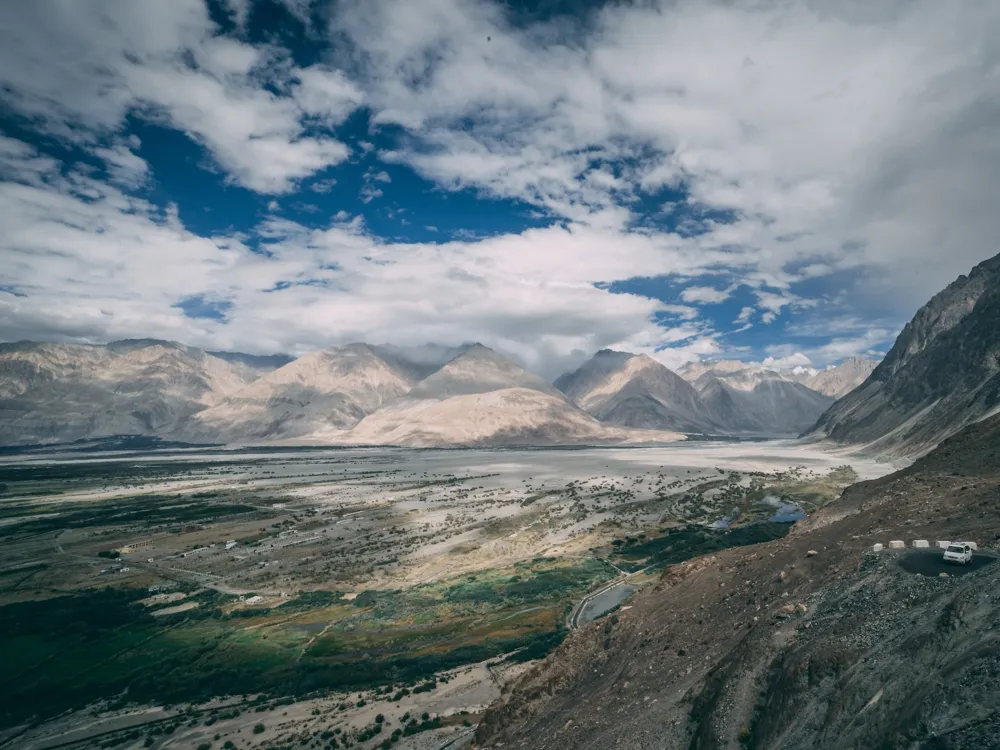
Also known as Deskit/ Diskit Gompa, the Diskit Monastery is the oldest and largest monastery in Nubra valley. It holds a strong bond with the Tibetan myth. This holy site is believed to have been the very residence of an anti-Buddhist Mongolian demon. Although this evil being was killed several times close to the monastery, it always came back alive. It is said that Diskit Monastery houses the disintegrated head and hand of this demon.
This monastery also houses a school which is run in collaboration with an NGO named "The Tibet support group". The school provides computer facilities and also teaches the Tibetan kids science in the English language. Diskit Monastery is renowned for its festival "Dosmoche", translating into the festival of the Scapegoat. Masked monk performances expressing the power of good over evil is a typical sight during this celebration. It is said that this dance form eradicates bad luck.
Read More
Ladakh Festival
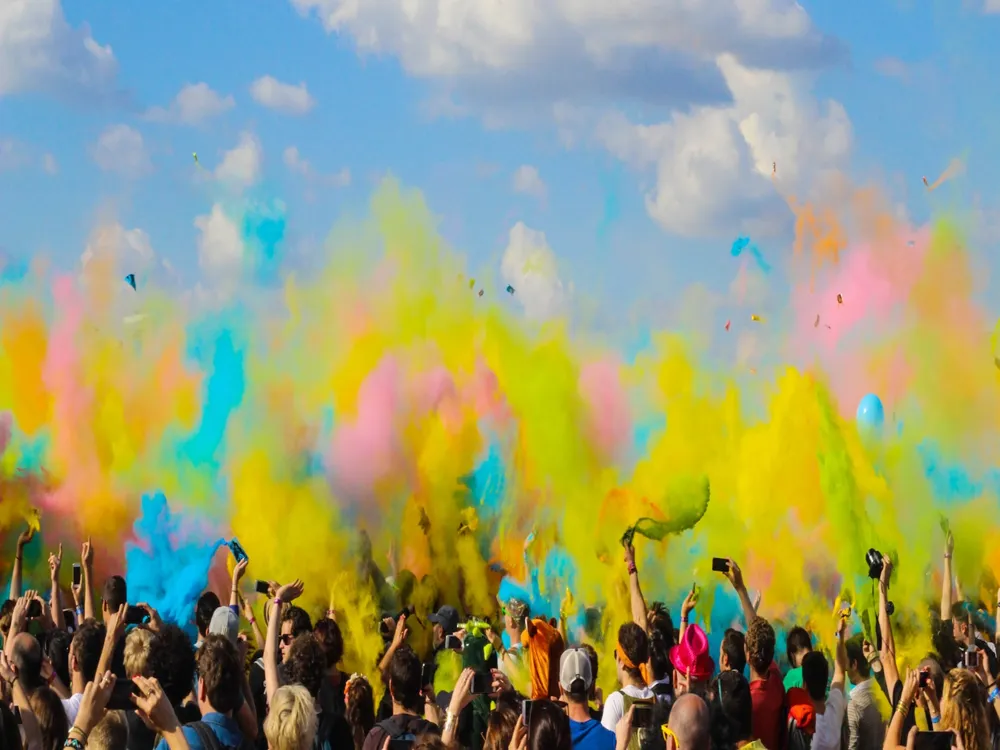
The Ladakh Festival is an annual fiesta organised by the Jammu and Kashmir Tourism Department in Leh. Events such as folk dances, musical performances, mask dances, art and craft exhibitions, etc. form an integral part of this festival. It provides an excellent opportunity for the tourists to experience the culture and lifestyle of the people in Ladakh. A blend of Tibetan, Central Asian and Northern India; the Ladakh Festival is a week-long extravaganza that shouldn't be missed if you're visiting Leh-Ladakh.
Ladakh Festival 2023 Dates
source
The Ladakh festival does not have a prior fixed date on the calendar, for it is not a religious festival. It has its roots from the Government of Jammu & Kashmir's decision to increase tourism in the state. Thus, the dates of the festival are decided by the Tourism Department of the government. Generally, it is a fifteen days-long celebration. The date for the next Ladakh festival has not yet been announced, but it is expected to be held in September in the year 2023.
Where is the Ladakh Festival Celebrated? Venue & How to Reach
source
Ladakh Festival is celebrated in the city of Leh. Festivities occur throughout Leh and with the villages standing adjoined to it. The processions are taken out on the roads of the city, and all the people of Leh are involved in celebrations.The nearest railway station from Leh is the Jammu Tawi Railway Station, which is located at an approximate distance of 700 kilometres from it, from where roadways can be taken. However, the nearest airport is the Kushok Bakula Rimpochee Airport, which is only at a distance of about 3 kilometres from Leh.
How is the Ladakh Festival Celebrated? Events & Festivities
Ladakh festival is celebrated to revitalise the cultural heritage of the state. The Tourism Department of Jammu & Kashmir government organises it, with a tie-up with the local communities. Cultural heritage is relived in some ways, including public speeches, film screenings, and a large procession of various communities coming together, representing their traditions.MusicTraditional music is played along the streets of the city of Leh. It is an absolute delight for a visitor to witness and listen to it, while the artists sing songs in the regional languages, accompanying the vocals with traditional instruments.Dance
source
Dance is a significant part of some of the rituals in major festivals of Ladakh, such as the Hemis festival. Thus, traditional dance is always a part of festivity in the region. Kids and adults dress up in traditional dresses and dance to traditional music and folklore, representing the cultural heritage in most spectacular of ways. 'Chams' or masked dance of the Lamas is a primary dance form of the region, which can be seen during the Ladakh festival.CraftTraditional handicraft finds a new life during the Ladakh festival, with its stalls set up. The sales increase and thus give the craftsmen a boost. The visitors who go there from outside the state bring back these handicrafts as a souvenir.SportsPolo and Archery contests are unique ingredients of the Ladakh festival. The inclusion of these sports in a cultural festival not only gathers massive youth participation and upliftment to the sportspersons of the region but also makes the festival stand apart from common festivals, finding a spot in the curiosity of people who come to know about it.FoodVisitors can also indulge in curbing their cravings with food stalls set during the Ladakh festival, providing the locally eaten food, not found in other parts of the country.Exhibition of ThangkaThangka is a Tibetan art-form of painting on silk or cotton clothes. The Thangka paintings generally depict a Buddhist deity or scenery in its craft. Buddhism, being a central source of cultural heritage in the region, uses Thangka paintings to inscribe and represent it. These paintings are put up on display in an exhibition organised during the Ladakh festival.
Significance of the Ladakh Festival
source
In times when the beautiful state of Jammu & Kashmir is suffering from militancy and turmoil, the Ladakh festival is a step forward for changing the perception about Kashmir and Kashmiris, and a small step towards peace. It is also important for the preservation and celebration of various cultural traditions that reside in the state. Moreover, it helps in increasing tourism and making some contribution to the financial front of the state. In a time of turmoil, it works as a celebration of bridging gaps among different communities as well.
Video of Ladakh Festival
Read More
Leh Palace
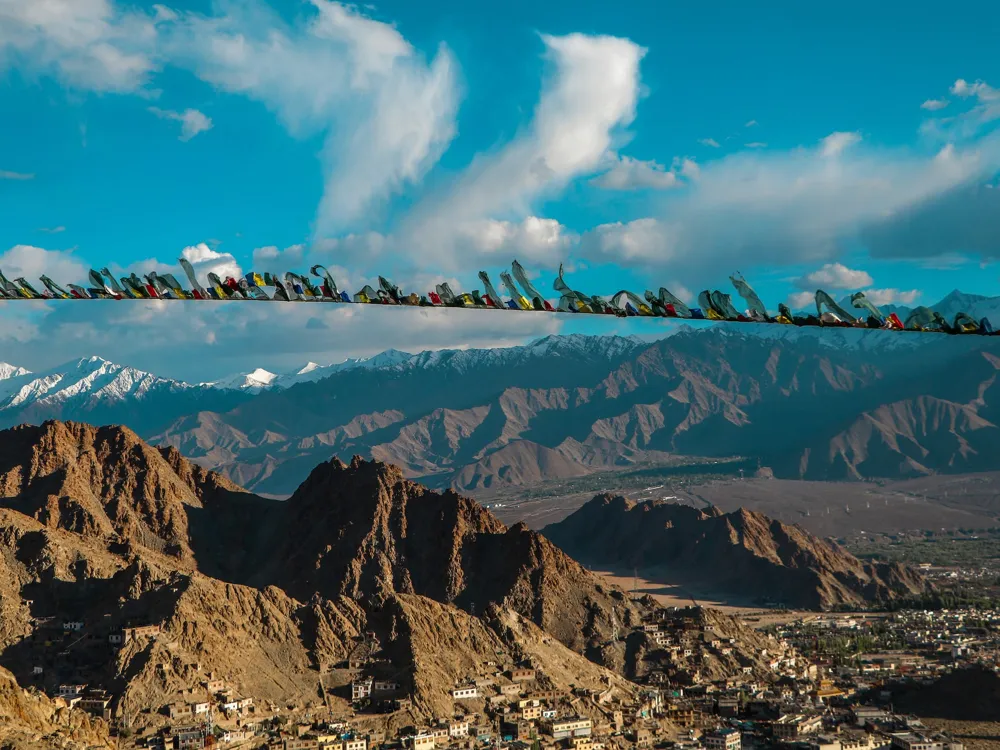
The Leh Palace, also known as 'Lhachen Palkhar,' is a 17th-century former royal palace and one of the central attractions in Leh. Built under the patronage of by King Sengge Namgyal, it used to house his family. The nine-storey dun-coloured palace now houses a museum and a prayer room, while the highlight is the sweeping view of Leh and the surrounding Zanskar mountain from the rooftop.
The Leh Palace is modelled on the Potala Palace in Lhasa (Tibet), and a considerable part is now in ruins due to the Kashmiri invasion that took place in the 19th century. The beauty of the Leh Palace still stands in pride with a lot of ancient Buddha relics, paintings, old utensils, cutlery used by the royal family and artefacts adorning the walls, most of which are almost 450 years old. The palace looks even more stunning when it is lighted upon certain special occasions, such as Galdam Namchot festival when locals gather around the palace to celebrate the local festival. The majestic palace is presently under the Archaeological Survey of India, which is working on renovating the ancient structures of that era and striving to keep intact the history of the Namgyal dynasty in Leh.
Read More
Likir Monastery
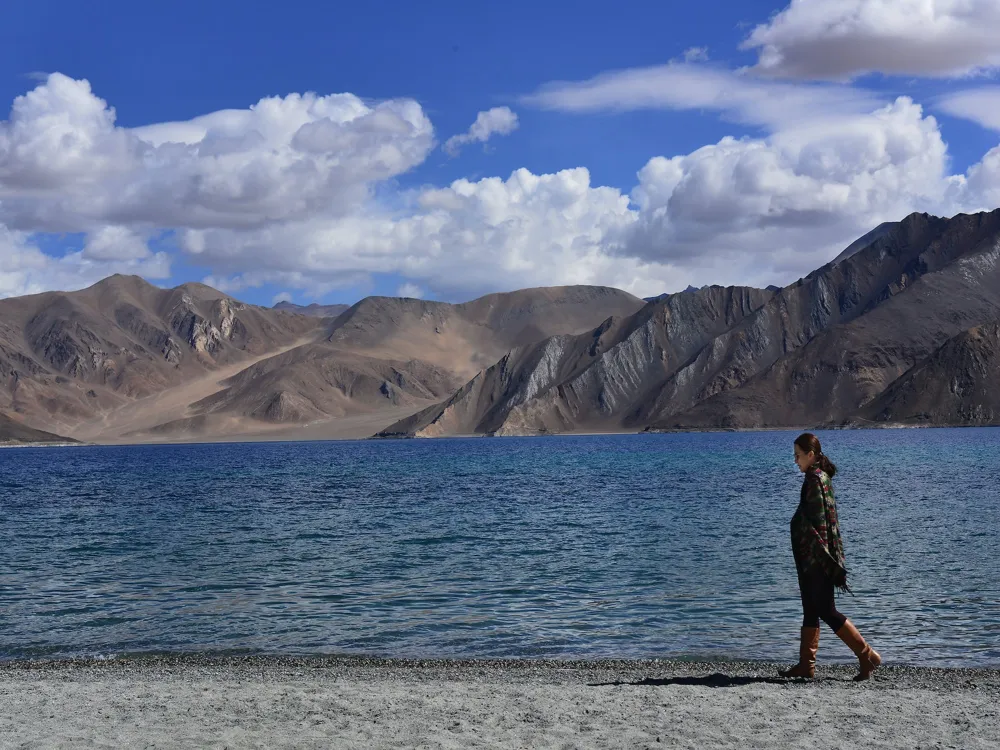
The Likir Monastery is the oldest monastery in Ladakh, located around 52 km from Leh in the scenic Likir village. Belonging to the Gelugpa sect of Tibetan Buddhism, the main attraction here is a 75 feet large seated statue of Maitreya Buddha gilded in gold. There are also various paintings of guardian divinities, murals and thangkas that adorn the walls of assembly halls.
The monastery is the seat of Ngari Rinpoche, the youngest brother of Dalai Lama. ‘Likir’ means ‘The Naga-Encircled’ which represents the bodies of two great serpent spirits- Nanda and Taksako. It is believed that these serpents had guarded the monastery. Currently, there's a school inside the Likir Monastery run by the Central Institute of Buddhist studies and a library open to visitors where old manuscripts, volumes and books on Buddhism and the teachings of Tsong Khapa are housed. A temple named Gonkhang is also present in the complex having images of Sakyamuni and Tsongkhapa. The annual Likir Monastery festival is the most enticing event which includes Cham dance performed by lamas and an exhibition of monastery collection.
Read More
Ladakh Travel Packages
View All Travel Packages Ladakh
Nearby Places Ladakh
Browse Package Collections
Browse Hotel Collections
FAQs on Ladakh












